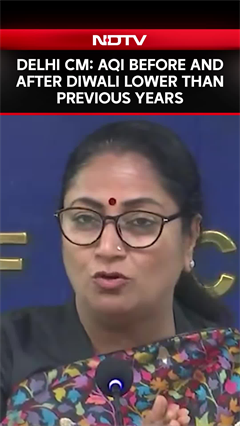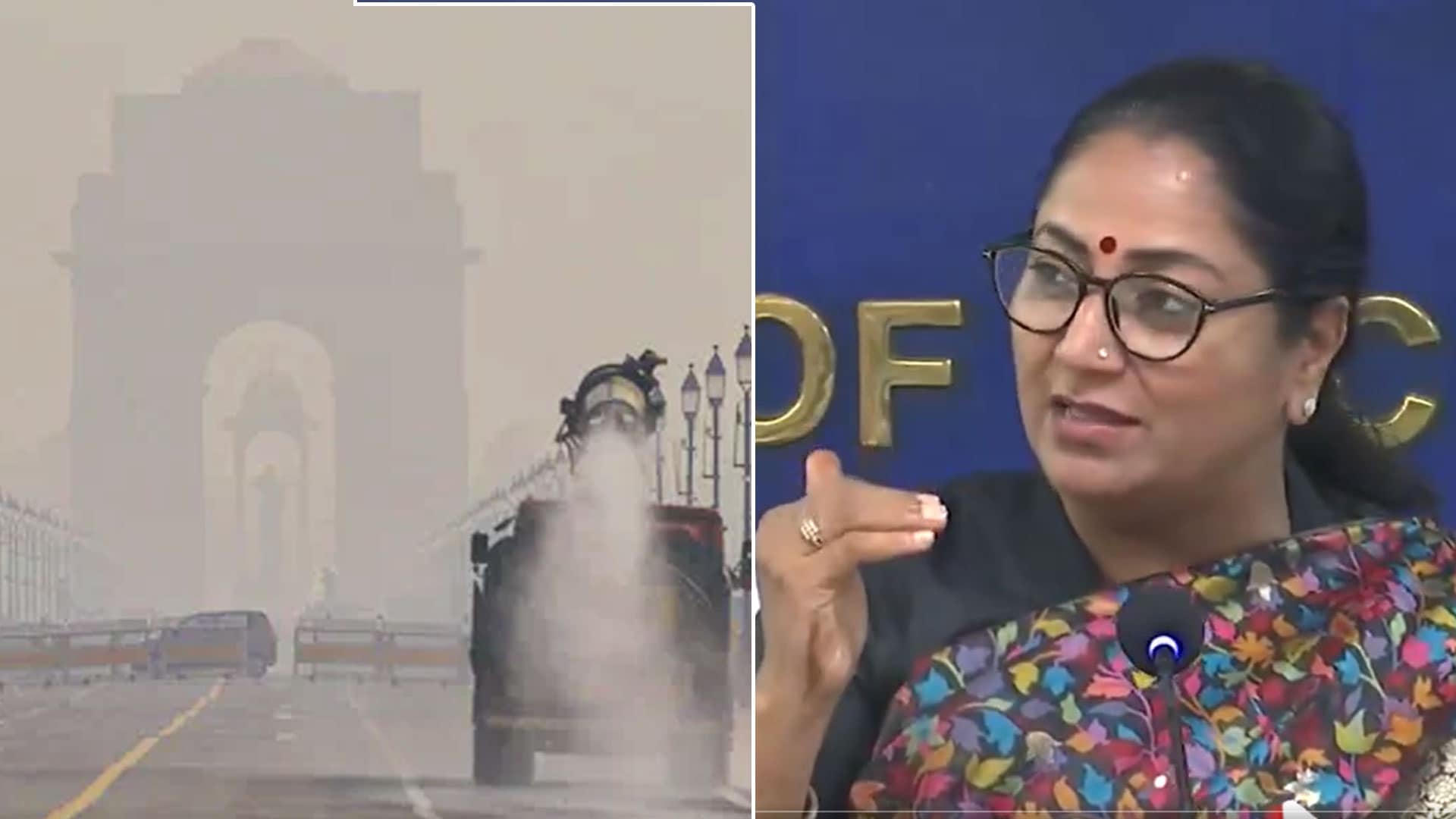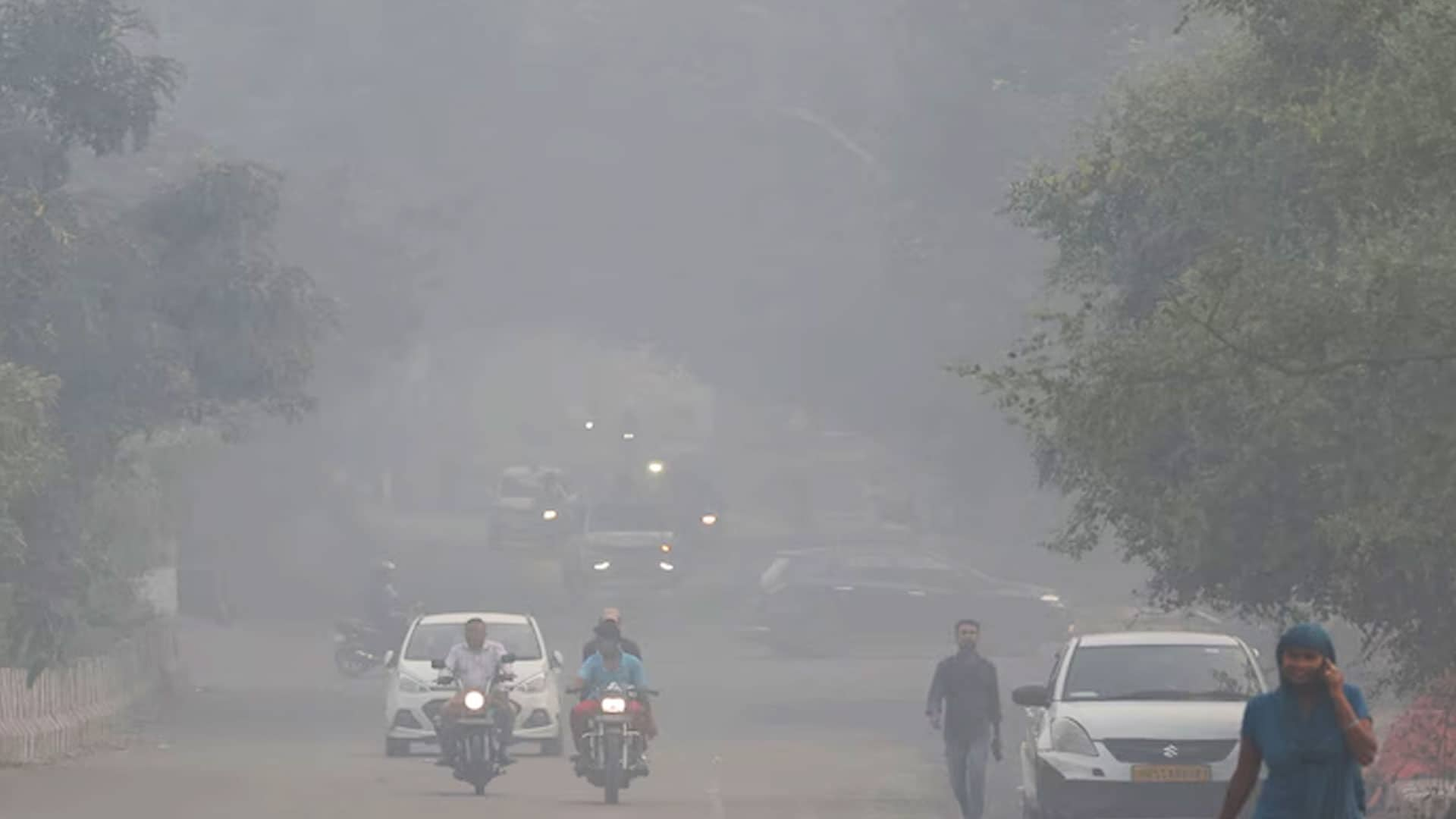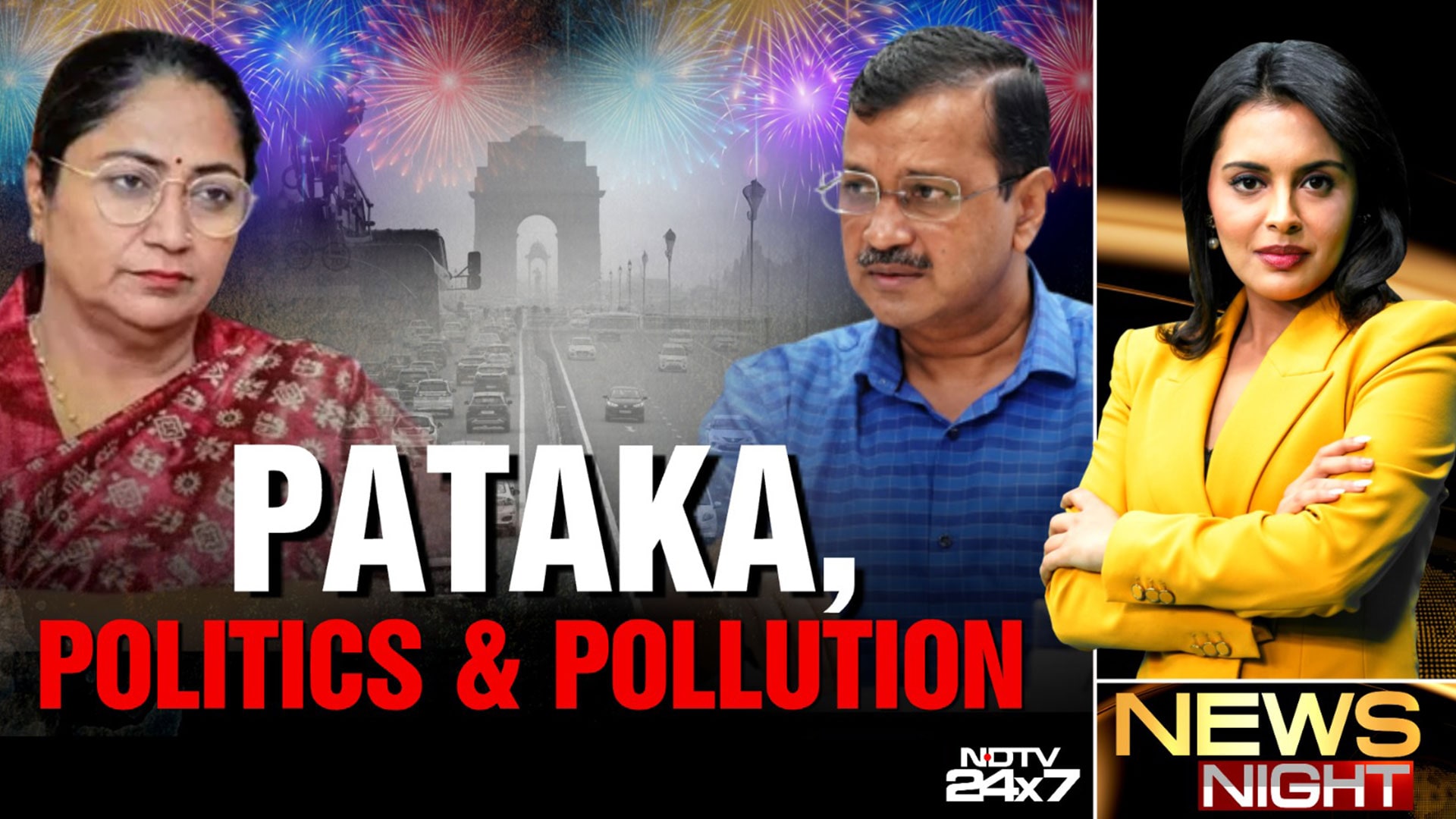- Home/
- Doctor Explains How Air Pollution Accelerates Ageing: The Health Risks We Overlook
Doctor Explains How Air Pollution Accelerates Ageing: The Health Risks We Overlook

Air pollution is traditionally argued in a short-term respiratory issue with runny eyes, cough, shortness of breath but its actual effect goes much deeper, with the effect of accelerating aging and long-term illness. While we normally imagine air pollution to make it more difficult to breathe for asthma sufferers or lead to chronic coughs, the actual and underrated danger is how dirty air promotes early aging of the entire body's major systems.
Beyond Respiratory Disease: The Silent Pathways of Damage
Existing evidence indicates that long-term exposures to toxic levels of air pollution exert impacts far beyond the lung. Air toxics, especially fine particles such as PM2.5 and PM10, are readily capable of passing through the natural lung defenses of the body. Such small toxic particles migrate into the circulatory system, reaching organs such as the heart, brain, kidneys, and even the skin, each causing injury in its own unique way.
A concerning body of epidemiological studies assigning causation and exacerbation of respiratory infections, chronic obstructive pulmonary disease (COPD), stroke, cardiovascular disease, and various cancers to air pollution. The vulnerable population of children, older adults, and those with underlying chronic ailments are the ones with even higher risk, and higher hospitalization and complications.
But generally, not well known is that air pollution is a facilitator of biological aging process at both cellular and molecular level. Toxic chemicals like nitrogen dioxide, volatile organic compounds (VOCs), and ground-level ozone make the body stay in a state of constant oxidative stress, overloading the body's own cleansing system.
How Air Pollution Changes the Body's Aging Clock
Air pollution cause oxidative stress: a condition where free radicals produced by poisons kill cells, proteins, and DNA. This leads to long-term inflammation, degradation of tissues, and premature aging of cells, a mechanism where cells lose their ability to divide and regenerate themselves further. This, in turn, offers the molecular explanation of aging in organ systems.
Neurologically, sub-micron-sized particles like PM2.5 not only impair lung function but can even cross the blood-brain barrier and cause neuroinflammatory responses, cognitive impairment, and susceptibility to dementia in the long run. In the skin, premature aging is caused by the development of wrinkles, hyperpigmentation, and reduced elasticity, among other manifestations which doctors are now seeing not just in urban cities but even among young adults who inhale polluted air.
Hidden Life Course Risks: From Fertility to Longevity
The adverse effects of dirty air begin before birth; higher exposures during pregnancy raise the risk of stillbirth, miscarriage, low birth weight, and developmental delay in infancy. In adults, repeated exposure steadily undermines lung function and fibrosis of the heart leads to reduced life, increased hospitalization, and ultimately premature death.
One should realize that these impacts are not uniformly shared. Urban residences, industrialized areas of high-density activity, and home districts along heavy traffic corridors get far higher doses of poisonous air. Indian cities consistently have been recorded to have air quality index (AQI) values in the hazardous range according to international norms, which amounts to a public health emergency of overriding concern.
Industry and Societal Challenge
In the health field, the cost of uncontrolled air pollution is staggering. Hospitals experience a considerable spike in emergency admissions during pollution spells, putting health care to undue strain. The rising cost of pollution illness, especially among productive members of society, results in economic loss by way of lost productivity, enhanced absenteeism, and permanent impairment.
New health technologies such as cloud seeding and air cleaners are also gaining popularity; evidence of growing public awareness as well as industry response to this health crisis.
Bottomline
Individuals have a part to play as well as system, technological, and policy solutions are required. Keeping air cleaners in the house, keeping masks handy on bad air days, not exercising outdoors when traffic is heavy nearby, and promoting cleaner community campaigns are good habits. We must look beyond short-term palliatives and consider preventing long-term cumulative harm.
Clean, healthy environment is not a privilege, but an absolute right, vital to health and longevity. Declaring air pollution, a cause of premature aging redescribes it as a priority public health and industry problem-one that calls for concerted, persistent effort at all levels.
(By Dr Sandeep Nayar, Principal Director and HOD, Chest and Respiratory Diseases at BLK-Max Super Speciality Hospital)
Disclaimer: The opinions expressed within this article are the personal opinions of the author. NDTV is not responsible for the accuracy, completeness, suitability, or validity of any information in this article. All information is provided on an as-is basis. The information, facts, or opinions appearing in the article do not reflect the views of NDTV and NDTV does not assume any responsibility or liability for the same.
Latest Stories
- Press Trust of India | Thursday October 23, 2025
Pollution level in Mumbai has spiked sharply, making October the most polluted month of the year so far, according to an analysis done by an independent research organisation.
- Press Trust of India | Thursday October 23, 2025
Delhi's air quality showed a slight improvement on Thursday but remained in the "very poor" category for the fourth consecutive day, aided by stronger surface winds that helped disperse pollutants.
- Written by Manya Singh | Thursday October 23, 2025
For healthy adults, a sore or scratchy throat after a heavy air-pollution day is usually temporary and improves in days with reduced exposure and simple self-care. Here are some easy hacks.
- Written by Shreya Goswami | Thursday October 23, 2025
An air purifier removes airborne contaminants, while a humidifier restores moisture. Understanding their distinct roles, and when to use one, both or none, can help you breathe easier and stay healthier through the season.
- Asian News International | Thursday October 23, 2025 , New Delhi
The Air Quality Index (AQI) in Delhi and its National Capital Region on Thursday morning remained under the "very poor" category with the Graded Response Action Plan (GRAP) II norms already in place.
................................ Advertisement ................................
Latest Videos
Opinion
Opinion | Why Indians Have Just Given Up On Air Pollution CrisisTanushree Ganguly
Friday December 20, 2024While some may argue that people in Delhi are now more aware of air pollution than they were a decade back, my rebuttal would be that awareness does not mean that people are concerned.
Opinion | You Must Outrage Over Filthy Air More Than Once A YearJyoti Pande Lavakare
Tuesday December 10, 2024Delhi welcomed us with monsoon rains and mangos. We were home. Fast forward a couple of years, in the winter of 2012, I found myself in denial about something other parents, mostly expats, were calling toxic air.
Opinion | Delhi's Air Pollution Situation Is Like A Bad MarriageNishtha Gautam
Friday November 22, 2024On a good day, such as today, the AQI reading in Delhi is 407. We are jubilant at the sickly sunshine trickling through the slightly dissipated smog. At least its not 1600.
दिवाली... पराली... सियासी जुगाली!Ashwini kumar
Monday November 18, 2024दिल्ली-एनसीआर में प्रदूषण का समाधान तो आज तक मिला नहीं. हर साल चिंतित होकर हम-आप सांसों की तकलीफ के साथ-साथ दिल और ब्लड प्रेशर के मरीज भी क्यों बनें?
घर में कैद बुजुर्ग और हांफते लोग, दिल्ली की सांसों में घुला ये कैसा रोग?Nidhi Kulpati
Friday November 08, 2024हमारी हवा जहरीली हो रही है. गुरुवार की शाम को जब मैं इस मुद्दे पर लिखने बैठी तो AQI लगातार 400 पार जाकर दम घोंट रहा था. बहुत लोगों को यह मामला बोरिंग लगे, लेकिन जब आप अपने साथ काम करने वालों को खांसते-हांफते देखते-सुनते हैं, तो चिंता होने लगती है. सुबह उठते ही दरवाजे खिड़कियां खोलने के लिए डॉक्टर मना कर रहे हैं. बड़े बुजुर्गों के लिए तो मॉर्निंग वॉक बाहर की दुनिया से सीधे संपर्क का ज़रिया है, लेकिन डॉक्टर इसकी भी मनाही कर रहे हैं.


















